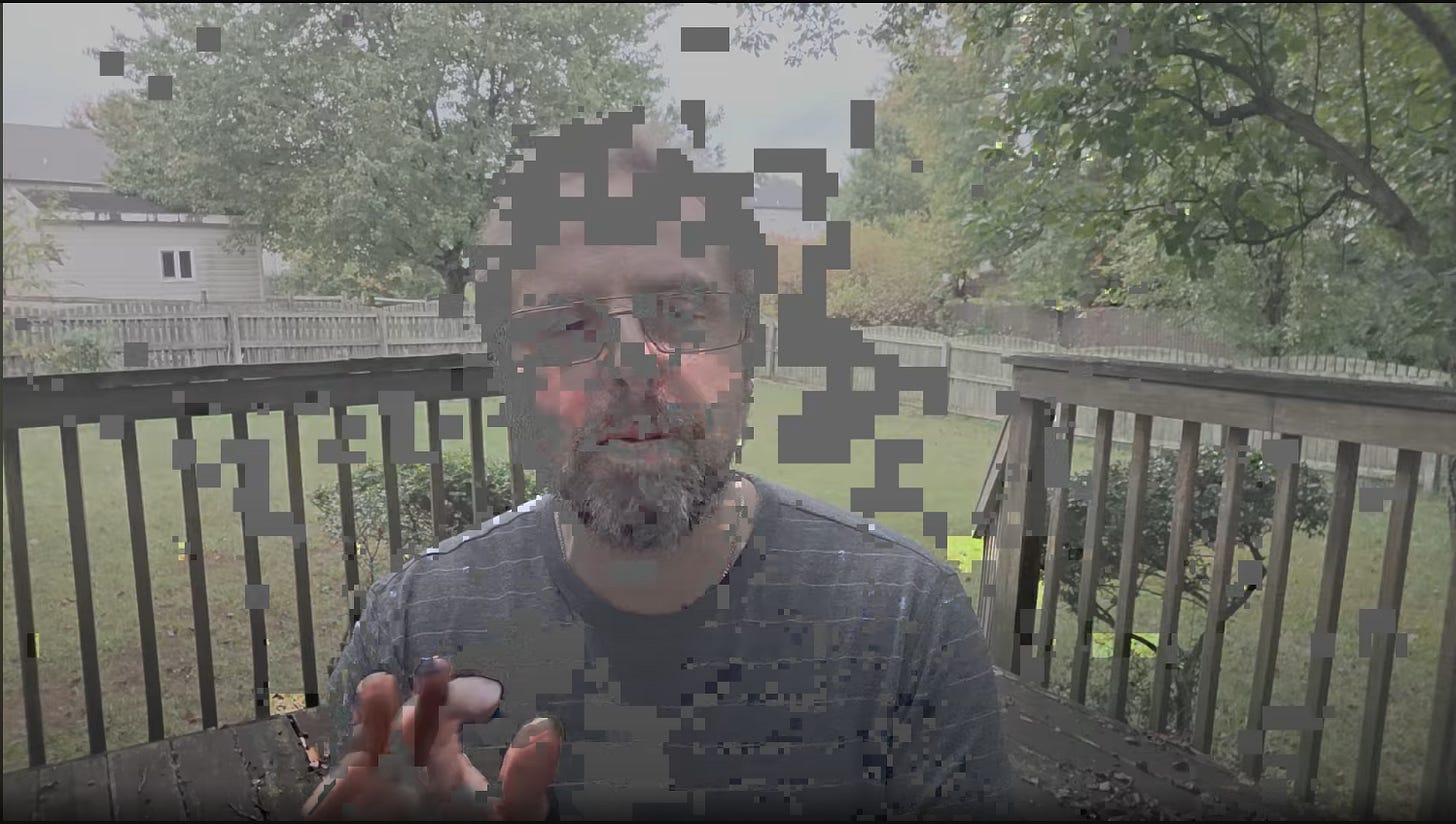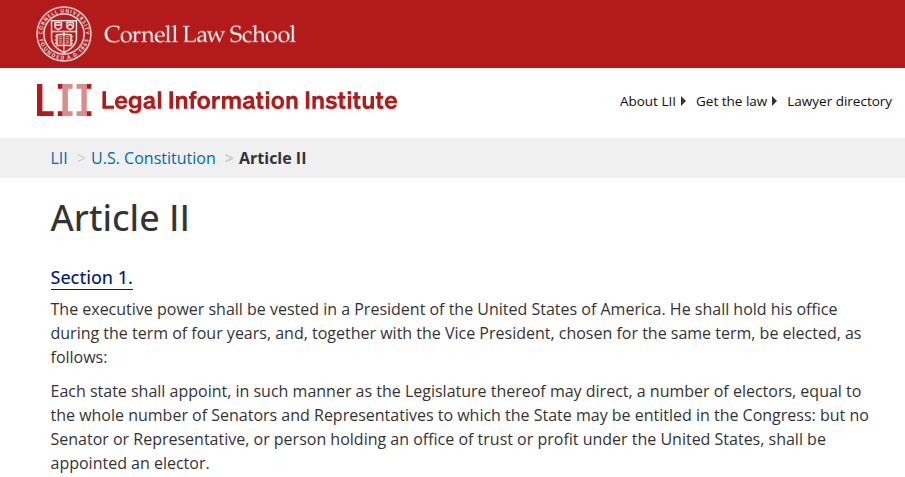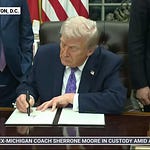Note: Dr. Turley experienced video issues while recording, the kind you don’t know about until after the session has been recorded - as a result, we are providing just the audio portion of his video. Example of the video issue…
Steve discusses the one SCOTUS case that the DS has been using to hide behind for a nearly century…
Humphrey’s Executor v. United States
The Supreme Court case of Humphrey’s Executor v. United States, 295 U.S. 602 (1935), established that Congress can create independent agencies, such as the Federal Trade Commission (FTC), with protections from presidential control.
This ruling upheld that the President needs cause to fire officials from these agencies, thereby insulating them from direct presidential influence.
The case originated when President Roosevelt fired William Humphrey from the FTC without cause, leading Humphrey’s executor to sue the United States for back pay.
Justice George Sutherland, writing for a unanimous court, ruled against the president and affirmed the constitutionality of the law limiting presidential removal power.
The decision has served as a foundational principle for independent regulatory commissions and the modern regulatory state - and a lot of problems today due to the Democrat Party abuse (records in the Federal Register will back up that claim).
Perspectives
Support for the precedent of Humphrey’s Executor…
Humphrey’s Executor set a landmark precedent allowing Congress to insulate certain agency heads against full presidential control, requiring cause for removal.
The decision ensures the independence of regulatory agencies by limiting the President’s power to fire officials without cause.
It remains ‘good law,’ with subsequent cases like Wiener v. United States (1958) reinforcing that the president cannot remove regulatory commission members unless explicitly authorized by Congress.
Calls for overturning or limiting Humphrey’s Executor…
The Supreme Court is currently considering cases, such as Trump v. Slaughter, that could call Humphrey’s Executor into question and potentially lead to its overruling or sharp limitation.
Overruling Humphrey’s Executor could allow for greater executive power in firing officials without cause, emphasizing accountability to elected representatives rather than a permanent bureaucracy.
Some argue that Humphrey’s Executor was an ‘AWOL decision’ from constitutional history, advocating for a stronger ‘unitary executive’ principle where the President has unrestricted power to remove executive branch officials.
The Supreme Court’s order in a recent case, preventing immediate payment of USAID bills, is seen by some as a significant win for President Trump and a signal that the Court will overturn or sharply limit Humphrey’s Executor.
To view the SCOTUS case and the Opinions, Click the button below…
U.S. Constitution, Article II
Legislative Process - The Role of the President (link)
In the United States, for a congressional bill to become a law, it must be presented to the President for approval or veto.
After passing both the House of Representatives and the Senate in identical form, the bill is sent to the President.
The President has 10 days (excluding Sundays) to act on the bill. If the President signs the bill, it becomes law.
If the President vetoes the bill, it is returned to Congress with objections, where Congress can attempt to override the veto with a two-thirds vote in both chambers.
Should the President neither sign nor veto a bill within 10 days while Congress is in session, it automatically becomes law.
However, if Congress adjourns before the 10 days are up and the President has not signed the bill, it does not become law, a process known as a “pocket veto.”















